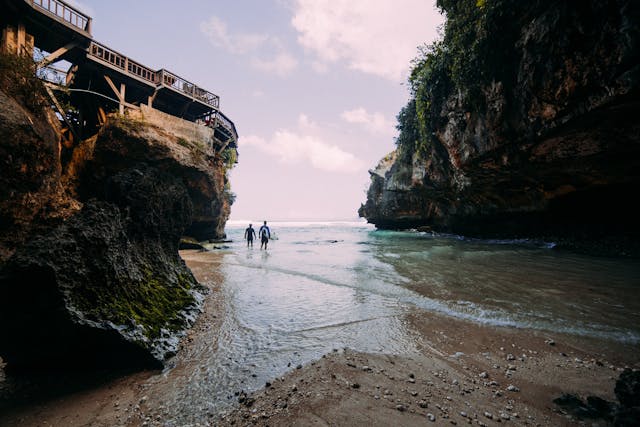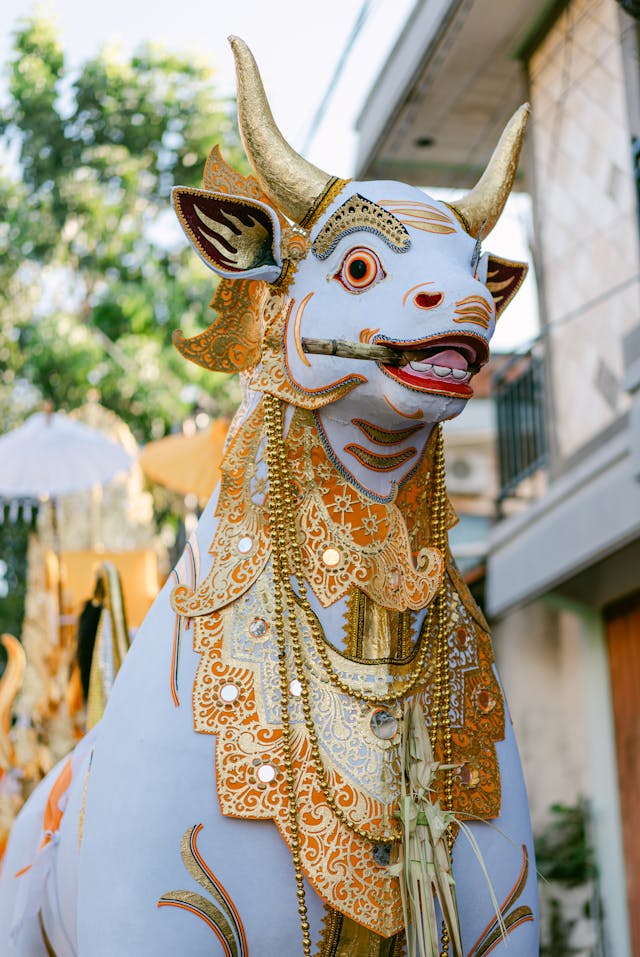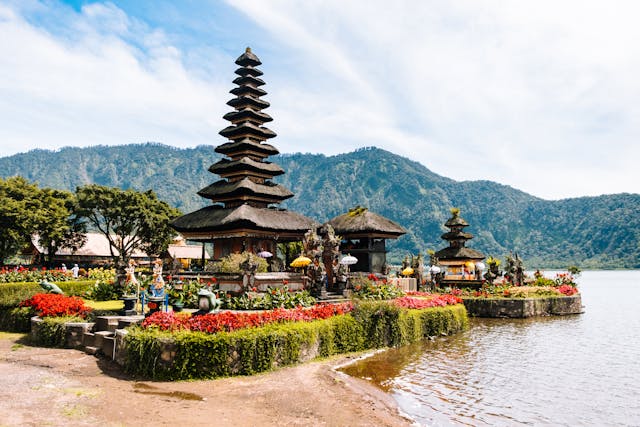💱 Exchange Offices
It’s best to avoid exchanging money at airport kiosks, as they tend to offer lower rates. Once in the city, you’ll find better deals at trusted local money changers. Here are three reliable names:
Central Kuta
A well-known money changer with branches across Kuta, Legian, Seminyak, Nusa Dua, Tanjung Benoa, Ubud, Sanur, and Denpasar. Their busiest branch is on Jalan Raya Kuta, and the main office is located on Sunset Road in Kuta.
Dirgahayu Valuta Prima
Also known as “Bali Best Rate,” this operator has been active since 1984. They have branches in Kuta, Sanur, Ubud, and near Tanah Lot Temple. A passport or valid ID is required for transactions.
Bali Maspintjinra (BMC)
Established in 1993, this licensed money changer has locations in Kerobokan, Legian, Sanur, and Ubud. Their most popular branch is in Banjar Taman on Jalan Raya Kerobokan, marked by a painting of a US dollar bill. The head office is on Jalan Raya Seminyak.
💳 Credit Cards & Cash Use
In cities and urban areas, most establishments accept credit cards. However, in rural areas or when visiting local markets and small eateries, carrying cash is essential. Always keep enough IDR on hand when venturing off the beaten path.
🏨 Hotels
Some hotels offer currency exchange services for convenience, but rates may be less favorable compared to licensed money changers. It’s worth comparing options to get the best value.
💳 ATMs
In major cities across Bali, finding ATMs that dispense local currency is generally easy. However, keep in mind that each withdrawal may come with a transaction fee, which can vary depending on your home bank. Additionally, local Indonesian banks may apply extra service charges on top of what your bank charges.
If you’re heading into rural or remote areas, access to ATMs may be limited—or non-existent. Some machines might even be offline, so it’s wise to withdraw enough cash in urban areas before continuing your journey.











